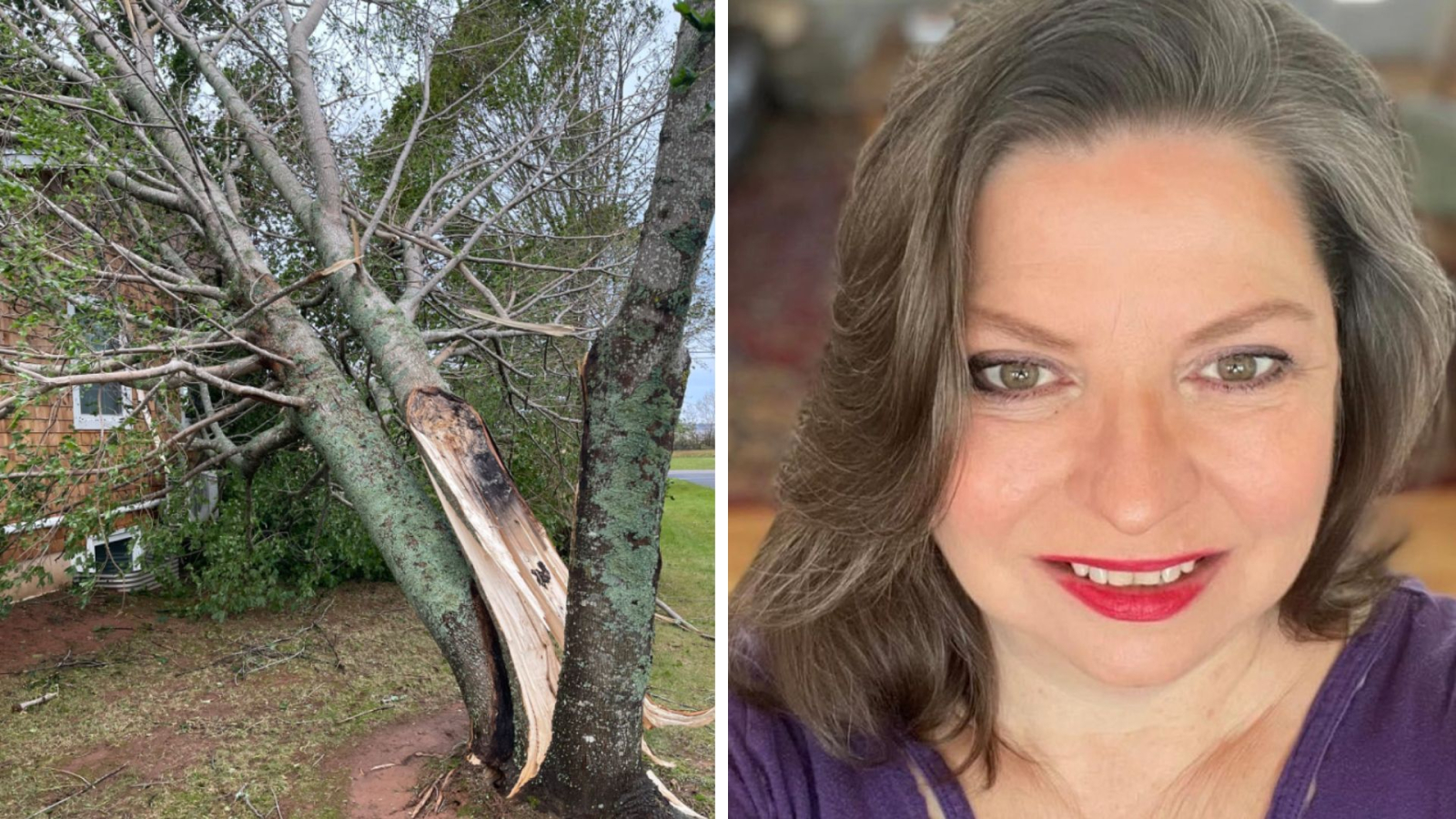When the lights went out on Prince Edward Island during Hurricane Fiona, most residents were left without power for long periods. However, in one city in the province, most people were back online in just two days.
Summerside is an idyllic waterfront community unlike any other towns and cities on the island. Its electric company, owned and operated by the city, runs partly on wind and solar power. Most other municipalities on the island get their power from Maritime Electric, a utility company owned by Canadian company Fortis Inc., which operates throughout the Western Hemisphere.
“At the end of the day Monday, we had basically 95 percent of our customers up and running,” explained Greg Gaudet, the city’s director of municipal services.
By the end of Tuesday, the city’s residents were “pretty much back to normal,” apart from a few people who had significant damage to their homes, he said.
Others in PEI were not so lucky. A week after all power was restored to Summerside, Alesia Napier was on her 11th day without power at her home in Mermaid, which is near Charlottetown, the provincial capital. Her fridge was empty, her spoiled food thrown out long ago; her bathtub was full of water in case her well ran dry, and a fallen tree lay on her roof.
On Wednesday, the power came back on, and Napier finally got a hot shower and clean sheets. It was welcome after almost two weeks of darkness, experienced by many people in PEI. During Hurricane Fiona, 95 percent of the province lost power. Five days after the storm, more than 50,000 Maritime Electric customers were still without power, about a third of the island’s total population.
“We have nursing homes where people are still in the dark. And, you know, you have to shake your head and ask the question out loud: Why aren’t we doing whatever it is that they’re doing? Napier said, talking about how his area compares to Summerside.
what people are reading


The Atlantic Chapter of the Sierra Club points out that having localized energy companies makes power more democratic.
“Utilities and community-owned cooperatives are leaders in the transition to clean and renewable energy. They are also better at addressing local energy poverty, with most providing better, more reliable service at lower cost to customers,” says the group, which organized a webinar presenting Summerside in July.
During Hurricane Fiona, 95 percent of PEI was without power. Five days after the storm hit, more than 50,000 Maritime Electric customers were still without power. Meanwhile, Summerside turned almost all the lights back on within two days.
storm response
Representing about 10 percent of the total electricity market in PEI, Summerside was able to quickly address the issues Hurricane Fiona caused customers.
A portion of Summerside’s power is purchased from New Brunswick, which has a non-renewable grid made up of nuclear, coal, oil, and hydropower. But there are plans to make more of the city’s grid renewable next year when a Solar farm with 65,000 panels is set to be completed. At that point, 65 percent of its energy will be renewable and will come from sources on the island.
On Wednesday and Thursday, the city worked to get its local wind farm back online so the utility could return to its usual renewable levels.
While the network was being repaired, Gaudet says the utility had to temporarily turn to fossil fuels to keep the lights on for some residents. The city has had large diesel generators since the 1920s, which it was able to use as backup for about a third of customers when the power went out during the storm. The city is working to have “dispatchable renewable sources” like green hydrogen to replace generators, he said.
He points out that Summerside’s delivery system is more resilient thanks to its Hendrix aerial cable system, which is much stronger and more resistant to falling trees than typical power lines. Gaudet said that meant about 0.2 percent of poles in Summerside were broken, compared to 1 percent of poles in the rest of the province.
“Any time you talk about restoration efforts, it’s really about logistics management and also getting the right staff, and then part of that is good luck…whether it’s good management, good luck, or infrastructure design, probably a bit of everything,” he said. .
“We wouldn’t say we’re better than anyone, but we recovered faster from this storm, that’s for sure.”

With storms expected to become more intense and frequent due to climate change, Summerside’s adaptability and rapid response, along with its commitment to net zero, are even more important. In Florida after Hurricane Ian, a similar story played for the residents of Babcock Ranch, which calls itself “America’s first solar-powered town.” No one in the planned community was left without power, which comes from a local solar farm via underground cables, during the storm.
Summerside Mayor Basil Stewart, who has been the city’s leader for most of the last 35 years, said the push for energy independence and renewable energy makes sense.
“This is 2022. And you have to be prepared for the future and protect the environment,” he said.
“And the solar panels created 200 jobs this year to get it going, and it benefits in a lot of ways.”
